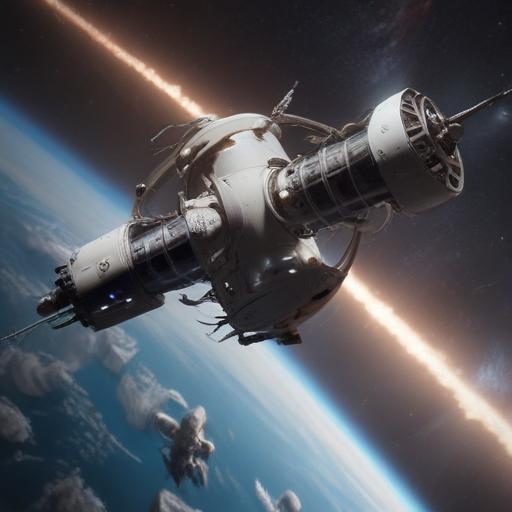SpaceX’s Dragon cargo spacecraft is slated to lift off on NASA’s 33rd Commercial Resupply Services mission to the International Space Station, with a target launch at 2:45 a.m. EDT on Sunday, Aug. 24. The mission will use a Falcon 9 rocket to deliver more than 5,000 pounds of science investigations, supplies, and hardware from Space Launch Complex 40 at Cape Canaveral Space Force Station in Florida. Dragon is scheduled to autonomously dock to the forward port of the Harmony module around 7:30 a.m. on Monday, Aug. 25.
The cargo load includes a suite of experiments designed to advance human health and materials research in microgravity. Among the payloads are bone-forming stem cells to study bone loss prevention, materials to 3D print medical implants that could aid nerve damage treatments on Earth, and bioprinted liver tissue to study how blood vessels develop in microgravity. The mission also carries supplies for 3D printing metal cubes in space, reflecting the ongoing push to expand in-space manufacturing capabilities.
In addition to delivering research and equipment, Dragon will conduct a reboost demonstration to help maintain the ISS’s orbit. The spacecraft’s trunk houses an independent propellant system used to power two Draco engines, a capability that NASA plans to demonstrate with a series of burns beginning in September and continuing through the fall of 2025. The first demonstration of this reboost capability occurred during NASA’s SpaceX CRS-31 mission on Nov. 8, 2024.
Dragon is planned to remain attached to the space station until December, after which it will depart with cargo and research samples for a Pacific Ocean splashdown off the coast of California.
NASA’s mission coverage for CRS-33 includes a series of briefings and live streams. An International Space Station National Laboratory science webinar is scheduled for Aug. 19, followed by a prelaunch media teleconference on Aug. 22. Launch coverage begins at 2:25 a.m. Eastern on Aug. 24, with liftoff expected at 2:45 a.m. Arrival coverage and docking are slated for Aug. 25, with live streams on NASA’s platforms, as well as select streaming partners. Those interested in participating can register for virtual attendance, and NASA offers social media updates through its X, Facebook, and Instagram accounts.
This mission continues the NASA-SpaceX partnership that supports ISS operations and enables a broad range of research that benefits both space exploration and life on Earth. By delivering essential supplies and enabling in-orbit experiments, CRS-33 advances preparations for Artemis missions to the Moon and, ultimately, crewed missions to Mars, while delivering practical scientific and medical insights for everyday life. The collaboration highlights how rapid, private-public cooperation can accelerate discoveries in science, medicine, and space technology, offering a hopeful outlook for the decades ahead.
